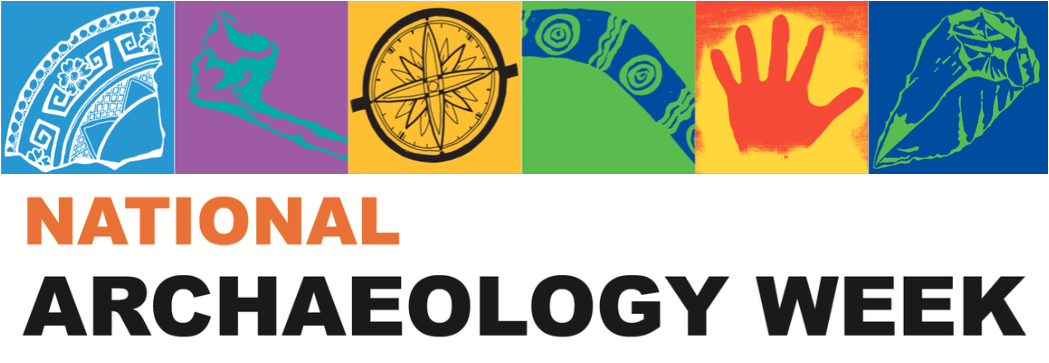Food remains from archaeological sites have given us valuable insights into past societies right across the globe. From 65,000-year-old charred fruit, vegetable and nut remains found at the (currently) oldest known site in Australia, to 2000-year-old beef jerky found in an ancient tomb in China, archaeological food remains have a lot more to say than you might think. What can an archaeological view of Brisbane’s recent food history tell us? Let’s just say there’s more to the story than Lamingtons.
About the speaker: Marc Cheeseman is currently undertaking a PhD at the University of Queensland looking at the late 19th/earth 20th century food remains from two Queensland archaeological sites: Ravenswood, an old gold-mining town in north Queensland, and Albert Street in Brisbane City. His research interests include the archaeology and history of food, and 19th century Chinese diaspora archaeology and history.
Part of the National Archaeology Week Lunchtime Seminar Series. Find the series details here.
When: 1-2pm AEST, Thursday 25 May 2023
Where: The University of Queensland Anthropology Museum, Level 1 Michie Building, St Lucia Qld 4072
For more information: https://anthropologymuseum.uq.edu.au/event/session/892
Presented as part of the Anthropocene: Linking past and present to shape a better future exhibition at the University of Queensland Anthropology Museum
Presenting collaborative models of academic research informed by traditional cultural knowledge drawn from The University of Queensland researchers and First Nations community-led initiatives.
In recent decades there has been increasing awareness and alarm about the consequences of human actions on our collective future. Human-caused extinctions, sea-level rise and habitat fragmentation threatens countless species and critical ecosystems that support all human societies. The scale of these transformations has led some to refer to this era as the Anthropocene, the geological epoch in which humans play a dominant role in shaping the Earth system. Over hundreds of thousands of years, humans have experimented with an extraordinary array of subsistence practices, economies and socio-political systems. One of the defining features of our species is our ability to access information about these earlier lifeways, and to learn from our past.
The deep time history of this country shows First Nations communities prospering in a climatically changeable continent for tens of thousands of years. This occurred through the extremes of the last ice-age and the reshaping of Australia as sea-levels rose by more than one hundred metres. This exhibition draws upon the UQ Anthropology Museum collection and considers these transformations alongside recent research, to challenge and expand ideas around heritage protection, biodiversity loss and the impacts of climate change on cultural practices.
Featuring works from artwork by Quandamooka artist Megan Cope, voices of Dunghutti elders from the Macleay Valley region and video work of cultural fire practices carried out on Dja Dja Wurrung country, alongside artworks by artists Nora Walytjaka Holland, Kunmanara (Niningka) Lewis, Naata Nungurrayi, Ningura Napurrula, Tjunkaya Tapaya and Barrupu Yunupingu.
Film and animated footage by: Rodney Carter, and Chris Bennie (Dja Dja Wurrung | Djandak Wi), Amy Bruce (Macleay Valley interviews), Miriam Alexander (animated intro).
The exhibition is open to the public throughout the year from May to December 15.
When: Daily from 11am to 3pm
Where: The University of Queensland Anthropology Museum, Level 1 Michie Building St Lucia Qld 4072
For more information: https://anthropologymuseum.uq.edu.au/exhibitions/anthropocene-linking-past-and-present-shape-better-future

